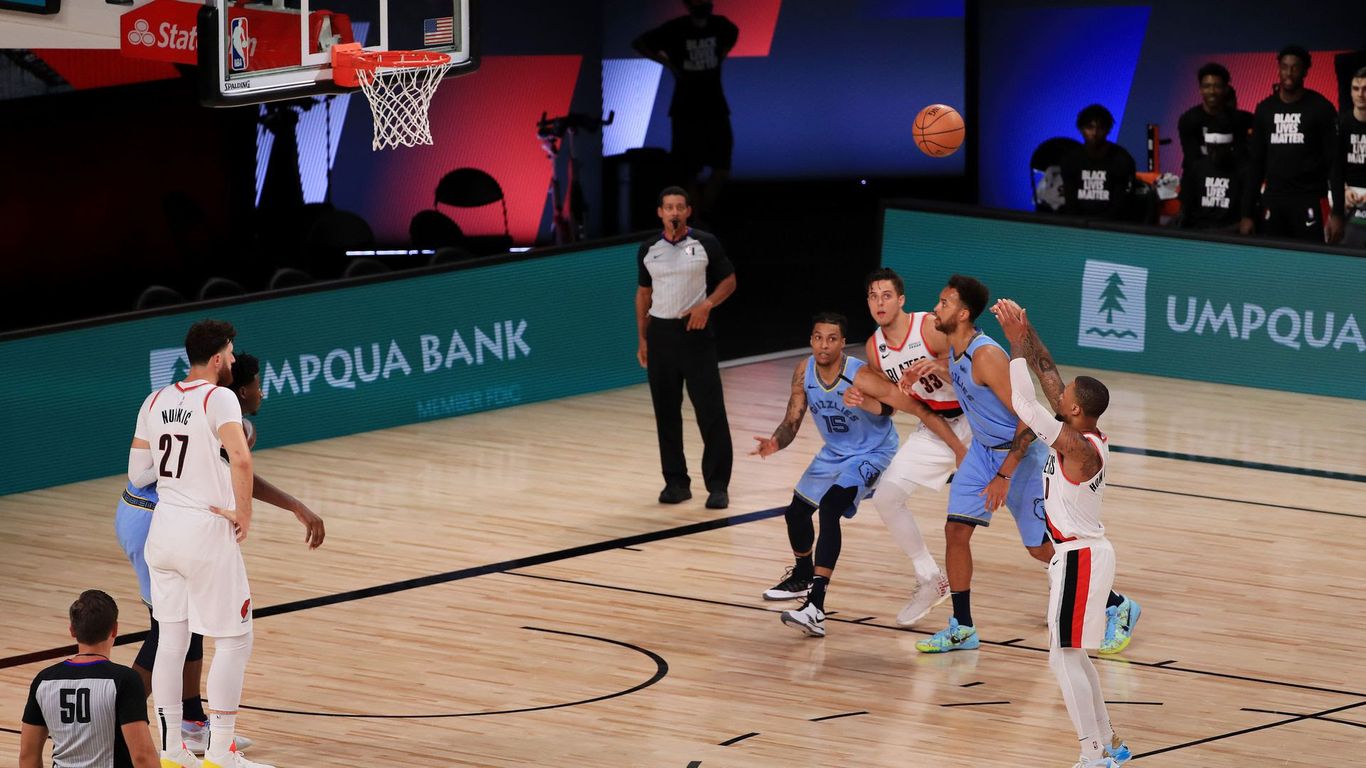Sports are back, and on the surface, the actual gameplay looks fairly similar to when we last saw them.
But beneath that facade of normalcy lie some interesting trends spurred on by fan-less environments, long layoffs and condensed schedules.
NBA: Free throw attempts — and percentages — have risen.
- Before the shutdown, the 22 bubble teams attempted 23.05 free throws per game and made 77.65% of them. In the bubble, those numbers have risen to 27.91 and 79.42%, respectively (through Wednesday).
- Officials are calling more fouls because they can actually hear the contact, and players are shooting better without a wall of fans trying to distract them.
- “I feel like it’s a hooper’s gym,” said Suns guard Devin Booker. “It’s easier to shoot in here with less depth perception.”
- Worth noting: Overall shooting percentage among the 22 teams is down in the bubble.
MLB: Pitchers are getting injured at an unprecedented rate.
- During the season’s first 10 days, there were 30 pitcher arm injuries, which is 2.5x more than in any previous season’s opening stretch (12). In the three days since then, four more pitchers have landed on the shelf with arm injuries.
- The culprit appears to be the stop-and-start nature of spring training, which has led to a disconnect between fine-tuning mechanics and building the muscle required to execute them.
WNBA: Pace of play is at an all-time high.
- In the past three seasons, six teams surpassed 80 possessions per 40 minutes. Through Wednesday’s bubble action, nine teams were north of that mark.
- Pace has been rising for years now, but this season is faster than ever in part because players’ legs have never been so fresh. Those who play overseas normally enter the WNBA season right after their abroad seasons end. But this year, those campaigns were shut down in March, so they’re well-rested.
